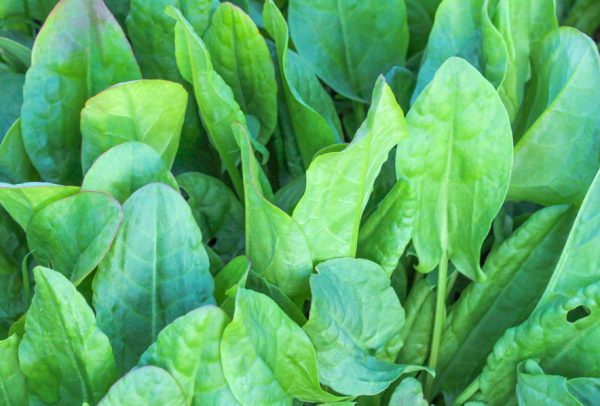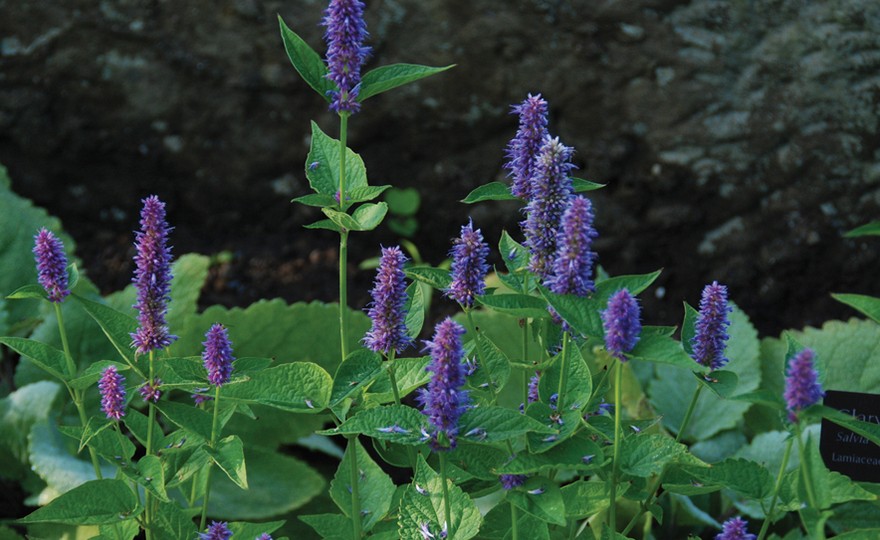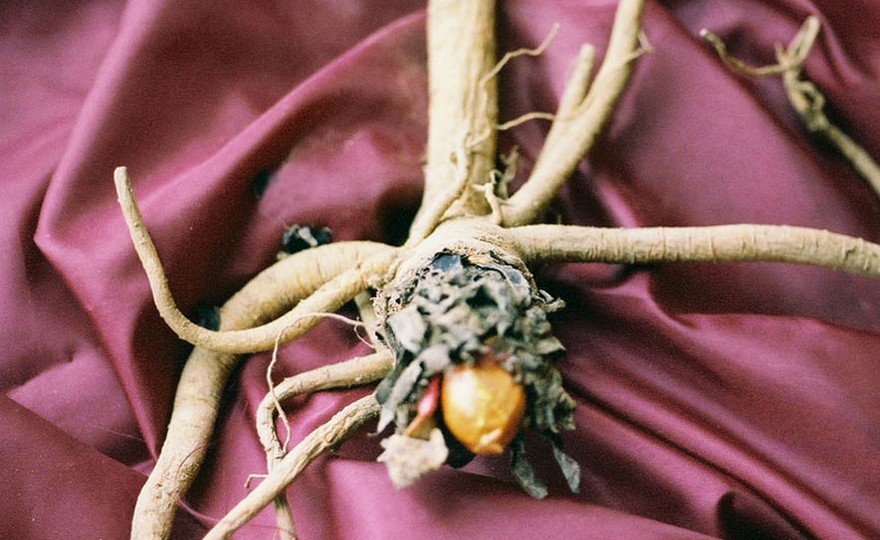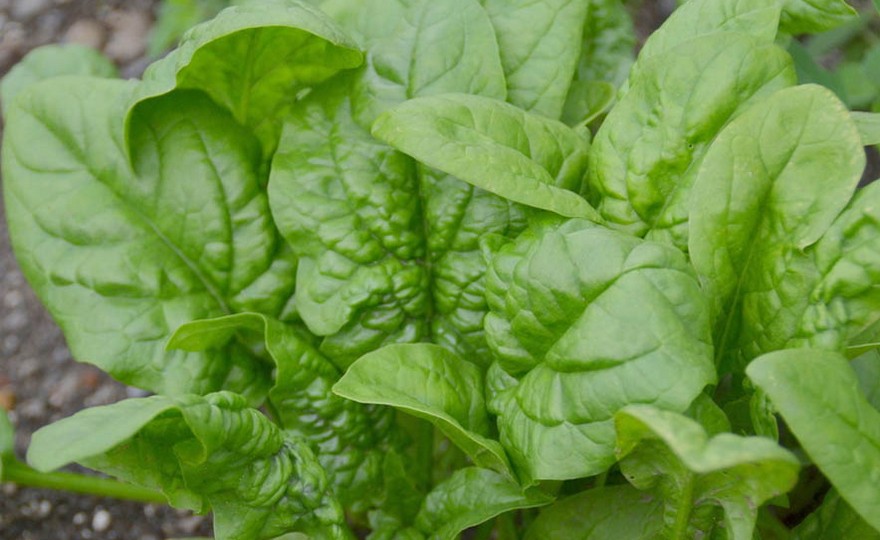
Herb, Sorrel
-
- **SOLD OUT** HOLIDAY GIFTS **SOLD OUT**
- **SOLD OUT** Holiday Books **SOLD OUT**
- **SOLD OUT** Holiday Citrus **SOLD OUT**
- **SOLD OUT** Holiday Gift Certificates **SOLD OUT**
- **SOLD OUT** Holiday Paperwhites **SOLD OUT**
- **SOLD OUT** Holiday Praying Mantis Kits **SOLD OUT**
- **SOLD OUT** Holiday Tools **SOLD OUT**
- **SOLD OUT** Holiday Wildflower Mixtures **SOLD OUT**
- Citrus Trees
- **SOLD OUT** - Vegetable and Herb Plants - Mix & Match any 6 Plants for $50 - Only Shipped in Quantities of 6
- Elephant Ear Plants & Roots
- **SOLD OUT** 4-Inch Pot Herb Plants **SOLD OUT**
- Rare Plants
- **SOLD OUT** Vining Plants **SOLD OUT**
- Asian Seeds
- Beneficial Bugs
- Books
- Citrus Fertilizers
- Cold-Treated Bulbs - SEE BULBS FOR FALL PLANTING TO ORDER
- Cold-Treated Allium
- Cold-Treated Chionodoxa
- Cold-Treated Crocus
- Cold-Treated Hyacinthoides
- Cold-Treated Hyacinthus Orientalis
- Cold-Treated Narcissus
- Cold-Treated Cyclamineus Narcissus
- Cold-Treated Double Heirloom Narcissus
- Cold-Treated Jonquilla Narcissus
- Cold-Treated Large Cupped Narcissus
- Cold-Treated Poeticus Narcissus
- Cold-Treated Small Cupped Narcissus
- Cold-Treated Species Miniature Narcissus
- Cold-Treated Split Cupped Narcissus
- Cold-Treated Tazetta Narcissus
- Cold-Treated Triandus Narcissus
- Cold-Treated Trumpet Daffodils
- Cold-Treated Ornithogalum
- Cold-Treated Rock Garden Iris
- Cold-Treated Scilla
- Cold-Treated Tulips
- Cold-Treated Emperor Tulips
- Cold-Treated Fringed Tulips
- Cold-Treated Green or Viridiflora Tulips
- Cold-Treated Lily Flowering Tulips
- Cold-Treated Parrot Tulips
- Cold-Treated Peony Flowering Tulips
- Cold-Treated Single Early Tulips
- Cold-Treated Single Late Tulips
- Cold-Treated Species Tulips
- Cold-Treated Triumph Tulips
- Flower Bulbs, Corms and Tubers
- Bulbs for Spring Planting
- Bulbs for Fall Planting - ALL BULBS AVAILABLE ARE COLD TREATED FOR PLANTING AS SOON AS SOIL CAN BE WORKED
- Fall Blooming Bulbs
- Garden Tools & Equipment
- Gift Certificates
- HHH Exclusive Wildflower Mixtures
- Wildflower Mixtures
- Heirloom Garlic
- Potatoes
- Roots & Sets
- Seeds
- Flowers
- Herbs
- Vegetables
- **SOLD OUT** HOLIDAY GIFTS **SOLD OUT**
-
- No products to compare
-
Quick Overview
HERB, Sorrel –
Rumex acetosella
FULL SUN Native to Europe and Asia, Sorrel has been cultivated for centuries. It was brought to the US in the 1700s. The 12-18 in. plants are cultivated for the lemony flavor of its young leaves. Plant as soon as the ground can be worked in the spring and the danger of frost has passed. Rows should be 12 in. apart.
When seedlings are 2 in. high, thin, leaving 8-10 in. between plants.
| Type | Spacing | Planting Depth | Days to Germination | Maturity |
| Perennial | 8-10 in. | 1/2 in. | 14-21 | 90 |

Herb, Sorrel
There are several species of Sorrel, all are perennials, some are delightful culinary greens, some can be used for animal fodder, a few are aggressive, invasive weeds. The two Sorrels most commonly offered for culinary purposes are the Garden Sorrel, Rumex acetosa, and the French Sorrel, Rumex scutatus. Harvesting History sells the French Sorrel.
Both of the culinary sorrels produce young leaves with a strong lemony flavor. The lemony tang comes from the presence of oxalic acid. The leaves of the French Sorrel are thicker, more fleshy, than the Garden Sorrel making it a better culinary choice. These Sorrels are not to be confused with a plant known as Caribbean Sorrel – Hibiscus sabdariffa which is used to make a holiday beverage known as the favorite Christmas drink of Jamaica.
Sorrel was a very popular herb in Europe and the British Isles for centuries. The court of King Henry VIII knew the plant and used it frequently. Sorrel Soup was a mainstay of English cuisine. Americans used it regularly in their soups and sauces. Centuries ago it was always paired with spinach in dishes or pureed into cream soups. The ability of the leaves to dissolve in heated liquids made it an ideal flavoring agent. The lemony tang often intensified the flavors of other ingredients.
Sometime during the 20th century it disappeared from European and American cuisine, but now is enjoying a modest comeback. The disappearance can probably be attributed to the availability of fresh, young Sorrel leaves. The young leaves possess the vibrant lemony flavor. Older Sorrel leaves are bitter and unpleasant.







